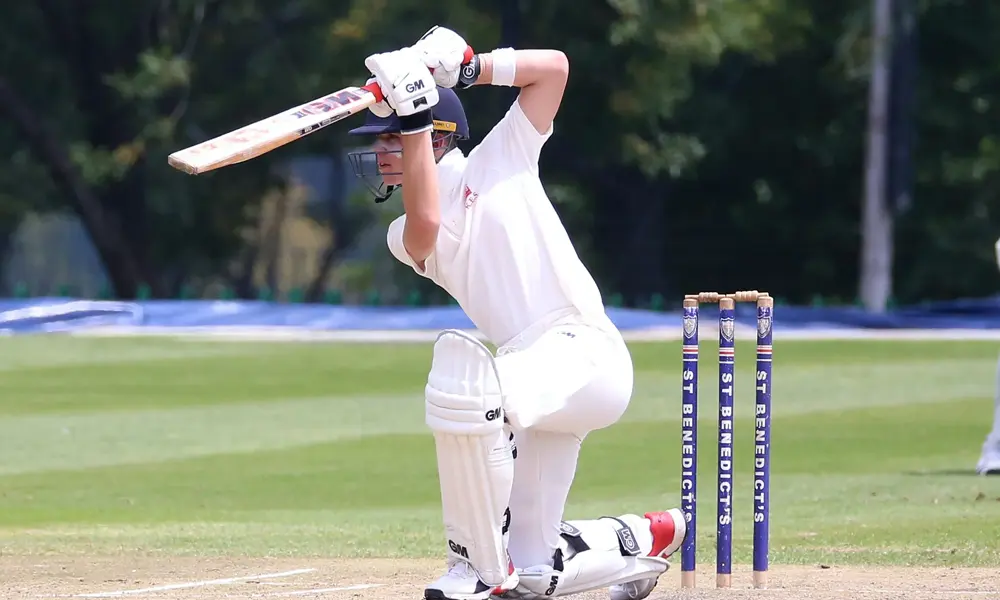The Impact of Bat Design on Shot Selection and Execution

In the realm of cricket, where precision and timing are paramount, the design of the cricket bat plays a pivotal role in shaping a batsman's approach to shot selection and execution. Beyond its traditional role as a striking tool, the evolution of bat design—from materials to construction techniques—has revolutionized the way batsmen approach their innings. In this blog, we delve into the profound impact of bat design on shot selection and execution, exploring how innovations continue to redefine the boundaries of batting excellence.
Evolution of Bat Design
Cricket bats have come a long way from their origins as simple wooden implements. Today, advancements in technology and materials science have ushered in an era of highly specialized bat designs tailored to enhance performance across different formats and playing conditions. Key aspects of modern bat design include:
Materials: Traditionally crafted from English willow, modern bats may also incorporate composite materials such as carbon fiber or fiberglass. These materials offer advantages in terms of weight distribution, durability, and responsiveness.
Profile and Shape: Bats are designed with specific profiles to optimize balance, power, and maneuverability. Variations in blade shape, spine height, and edge thickness influence the bat's sweet spot and performance characteristics.
Handle and Grip: Ergonomically designed handles with comfortable grips reduce vibration and enhance control. Different handle shapes cater to varying preferences and playing styles, affecting how batsmen feel and maneuver the bat during shots.
Impact on Shot Selection
Power Hitting: Modern bat designs emphasize a larger sweet spot and thicker edges, facilitating powerful strokes. Batsmen can confidently execute aggressive shots like drives and pulls, leveraging the bat's enhanced power potential.
Precision and Placement: Bats with well-defined profiles and balanced weight distribution allow for precise shot placement. Batsmen can manipulate the angle of the bat to direct the ball into gaps in the field, maximizing scoring opportunities.
Adaptability: Versatile bat designs enable batsmen to adapt their shot selection to different bowling styles and pitch conditions. Whether facing fast bowlers, spinners, or medium pacers, batsmen can adjust their technique to optimize performance.
Technological Innovations
Sweet Spot Enhancement: Advanced manufacturing techniques focus on expanding the bat's sweet spot, where maximum power and control are concentrated. This enhancement minimizes the margin for error in shot execution.
Weight Distribution: Innovations in bat construction allow for precise weight distribution, ensuring bats feel light and maneuverable while maintaining stability and power through the stroke.
Influence on Execution
Timing and Response: The responsiveness of modern bats allows batsmen to react quickly to deliveries, adjusting their shot execution based on the ball's pace, bounce, and trajectory off the pitch.
Reduced Vibration: Enhanced handle technology and vibration dampening mechanisms reduce discomfort and fatigue, enabling batsmen to maintain focus and consistency throughout their innings.
Conclusion
The impact of bat design on shot selection and execution in cricket is profound, shaping the strategies and performances of batsmen at every level of the game. As technology continues to evolve, so too will the quest for innovative bat designs that push the boundaries of what is possible on the cricket field.
By understanding and harnessing the capabilities of modern bat designs, batsmen can elevate their game, adapt to varying challenges, and showcase their skill and creativity in crafting memorable innings. The ongoing evolution of bat design underscores cricket's enduring commitment to blending tradition with innovation, ensuring that the sport remains a captivating spectacle for players and fans alike.

